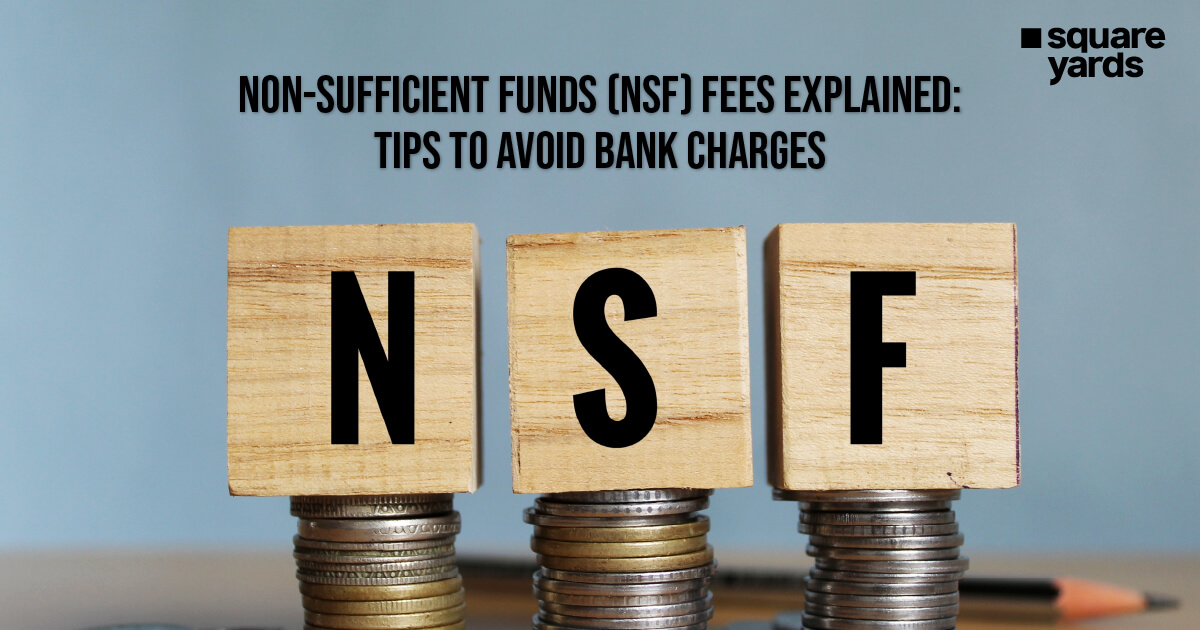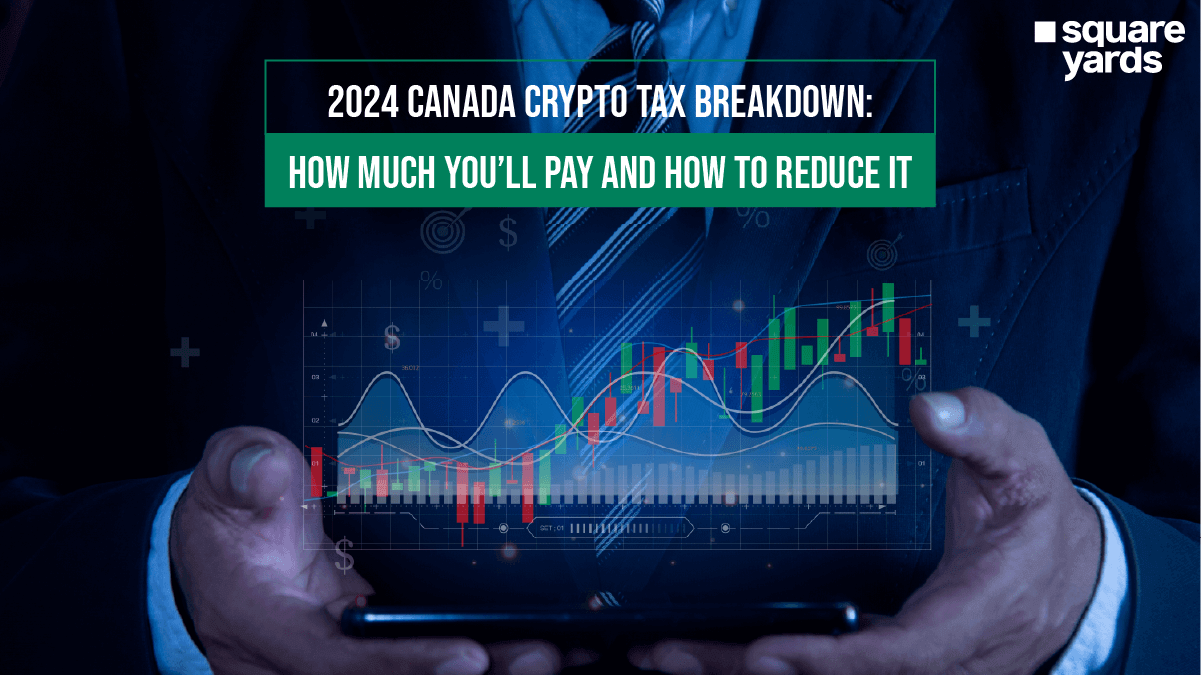Mr Zach, a Scotiabank customer, tried to pay using his account but was charged a $48 non sufficient fund fees. Are you wondering why this happened to him? This is because he did not have enough funds to cover his expenses. Typically, banks charge NSF fees when a withdrawal causes your account balance to drop below zero, resulting in a negative balance. When you don’t have enough funds to cover your expenses, some banks might decline the transaction, but some may approve it at an overdraft fee. When banks charge an overdraft fee, they usually try to pull funds from linked accounts like savings before charging the fee. No fee will be charged if enough money is to cover the transactions. If there is only enough to cover a portion of the bill, an overdraft fee will be charged only on the portion covered.
In this blog, we will cover NSF fees, their impact on your bank account, steps for overdraft protection and help you manage your finances better.
Impacts of Receiving an NSF Charge
When you receive a Non-Sufficient Funds (NSF) charge, it typically means you did not have enough money to cover a transaction. Here are some of the impacts of receiving an NSF charge:
-
- Returned Transaction: The transaction that triggered the NSF charge will be returned or declined. For example, if you wrote a check or had a pre-authorised payment that your account could not cover, that payment will be returned unpaid.
- Merchant Fees: If an NSF charge is due to a check or payment to a merchant, the merchant may also charge a fee for the returned payment.
- Credit Impact: Repeated instances of NSF can negatively impact your credit score, particularly if they lead to missed payments for bills or loans.
- Account Overdraft: If you have overdraft protection, the bank may cover the transaction, but you will still incur an overdraft fee, which might be less than the NSF fee. However, you must repay the overdraft amount plus any associated costs.
- Record Keeping: The NSF incident will be recorded in your bank statement, which lenders can review. This could affect your future borrowing capabilities.
Typical Costs Associated with NSF Fees
There is no restriction on bank NSF charges. While there are banks with no NSF fees, some charge NSF fees every time a direct debit or cheque is processed. An NSF fee costs between $35 and $50, and the exact amount depends on the financial institution. Here’s a list of some different banks in Canada and the fees they charge.
NSF Fees by Banks
|
Bank Name |
NSF Charges |
|
Scotiabank |
$48 |
|
Royal Bank of Canada |
$45 |
|
Bank of Montreal |
$48 |
|
TD |
$35 |
|
HSBC |
$45 |
|
CIBC |
$45 |
|
Simplii Financial |
$45 |
|
National Bank |
$45 |
Can you Waive Non Sufficient Fund Fees?
If you are charged Non Sufficient fund fees, you can contact the bank to waive them. A strong banking history can be favourable. You can request a one-time waiver and make an offer to maintain the balance in the future. For higher chances, seek help from banking advisors.
How NSF Fees Influence Your Credit Score?

Your credit score is not directly affected when you are charged Non Sufficient fund fees. However, if you fail to pay the cost, it will be reported to the credit bureau, impacting your credit score. This will lead to higher chances of being rejected for loans and credit since lenders will see you as a high-risk borrower. To avoid such cases, always monitor your account balance, maintain a minimum balance, and prevent overspending.
Overdraft Protection Explained
Depending on your bank, you can get overdraft protection. Overdraft protection is like a loan connected to your bank account. It lets you spend money even when your account is empty. You must pay interest on this loan, but the fees are usually small. Many banks prefer to charge overdraft fees instead of NSF fees. Getting overdraft protection is a good idea if you sometimes need extra money. Some banks automatically offer it, while others require you to apply. You need to apply for overdraft protection because it works like a loan. When you get approved, you will have a limit on how much you can use. Once you reach this limit, you can’t use it again until you pay it back. Like with a regular loan, there are fees, and you can use the overdraft protection until it’s paid off and cancelled. The amount you can get depends on your bank’s overdraft program and your approval.
Comparison of NSF Fees and Overdraft Fees
When your bank account does not have sufficient balance to cover a transaction, banks may charge fees to handle the situation, namely NSF fees and overdraft fees. The following table is a comparison between the two:
|
NSF Fees |
Overdraft Fees |
|
Apply to checks and ACH transactions |
Apply to debit card transactions and ATM withdrawals |
|
The bank denies the transaction and charges a fee. |
The bank covers the transaction with a small fee and expects repayment. |
|
No opt-in required |
Opt-in required |
|
The fee can be charged again if the same transaction is tried again. |
Multiple fees can be charged in a single day if overspending continues. |
|
Extra protection is not available. |
Overdraft protection can transfer funds from a linked account, credit card, or line of credit if opted-in. |
|
No extended fees |
Extended overdraft fees can be charged repeatedly if the account remains negative for 5 to 7 days |
|
The customer has no control over the charges |
Customers can choose to opt in or out of overdraft coverage and protection |
Top 5 Strategies To Prevent NSF Charges
These tips will help you avoid NSF fees, manage your money, and keep up with payments.
-
- Get Overdraft Protection: Opt for overdraft protection, like a small loan linked to your account. This lets you spend even if your account is empty. You’ll have to pay interest, but the fees are usually low.
- Set Up Balance Alerts: To monitor your spending, set up alerts that tell you when your account balance falls below a certain amount. This way, you don’t have to check your account constantly.
- Use Prepaid Cards: Prepaid cards allow you to spend the money you add on these cards, so you can’t overdraft. This can help you avoid NSF fees.
- Monitor Your Account: Regularly checking your account helps ensure you have enough money for your bills. Pay your non-automated bills as soon as your funds are available. Then, see how much is left for other expenses. Watching your account helps you budget better.
- NSF Fees and Your Credit: NSF fees don’t directly affect your credit score because they aren’t reported to credit bureaus. However, missed payments due to NSF can impact your credit. Moreover, NSF fees cost extra money, so avoiding them helps ensure you don’t miss payments and keeps your credit safe.
Key Takeaways
It is crucial to understand NSF fees when managing your bank account. NSF fees happen when you don’t have enough money to cover a payment, causing the bank to decline the transaction and charge a fee. You can monitor your account, set up balance alerts, and use prepaid cards to avoid NSF fees. Even though NSF fees don’t directly affect your credit score, repeated NSF fees and missed payments can hurt your credit.
Frequently Asked Questions (FAQs)
The NSF fee in Canada differs from bank to bank. While some do not charge an NSF fee, others typically charge between $35 and $45.
You are charged an NSF fee when you do not have sufficient balance in your bank account.
An NSF fee occurs when a bank declines a payment due to insufficient funds and charges a fee.
NSF fees in Toronto typically range from $35 to $50, depending on the bank.
NSF fees are not usually refundable, but you can request a waiver from your bank. What is the NSF fee in Canada?
Why was I charged an NSF fee?
What is an example of an NSF fee?
How much is the NSF fee in Toronto?
Is the NSF fee refundable?











